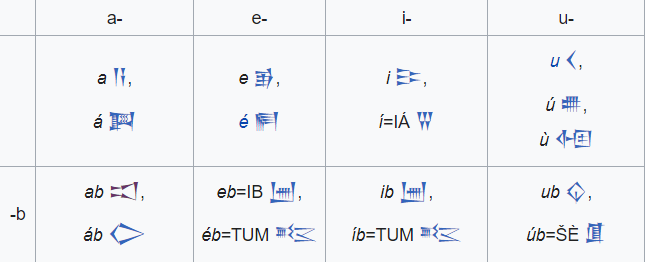You will know you have found God by His sense of humor. Father is hilarious bordering on insane.
A Moabite and and Egyptian walk into a ba.


See the bar?
https://en.wikipedia.org/wiki/Cuneiform#Akkadian_cuneiform

See ab?
The Hebrew yodh transliterated to English is a /y/. The Hebrew bet transliterated to English is a /b/.
The Greek beta in classic is /b/. The Greek beta in modern is a /v/.
https://www.lexilogos.com/keyboard/hebrew.htm
To the etymologists reading this. Do not stare at the Phoenician waw for too long. It looks like a capital Y. And by the power of suggestion you will confuse it with a yodh which when transliterated to English is a Y. And you will actually start to wonder if the yodh is a /v/. This is the path to madness.
See the page titled Y is it a waw.
THE ENTRY IN WIKTIONARY THAT CANNOT BE IGNORED
https://en.wiktionary.org/wiki/%F0%92%80%8A
ab

Ugaritic wo flip Akkadian Cuneiform ab 𒀊

Character encodings
Compare:
Hebrew waw, Imperial Aramaic waw Ugaritic letter wo


https://en.wikipedia.org/wiki/Waw_(letter)
https://en.wikipedia.org/wiki/Cuneiform#Akkadian_cuneiform
Yodh better believe it, this is not vusiness as usual.